
In the modern world, no living person can claim a full understanding of all human knowledge. Not even close. I have a hard time keeping up with what’s happening in just one day on the Internet. But in previous centuries, it was possible to be a complete polymath, at least theoretically. No one could know every language or culture in the world and its particular knowledge, but it was possible for someone to have gained a full knowledge of all significant intellectual material that was available to him or her in that time and place.
Until about 1750 or 1800 (when the Enlightenment and scientific inquiry led to more information than any one person could understand), a European intellectual with a “Renaissance man” interest in different fields could have read nearly every important book that had been printed, be fluent with the medical, astronomical, scientific and mathematical knowledge of the day, and have been exposed to the significant works of art, theater, and music. Throw in other fields such as history, geography, philosophy, political theory, religion, and law; that person would be very close to knowing everything there was to know in that era.
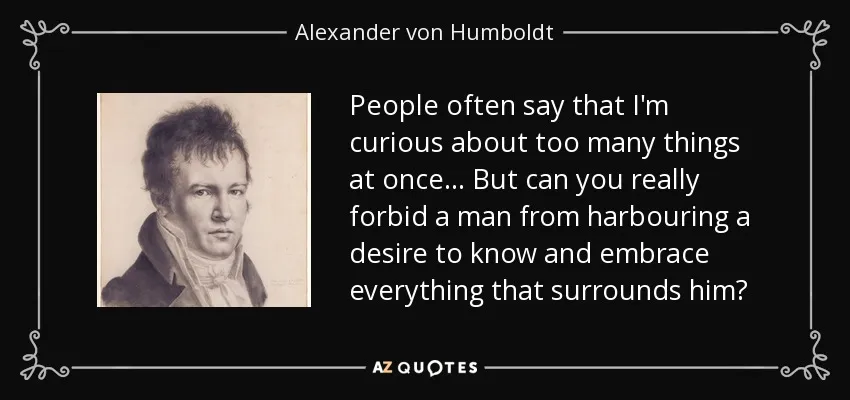
Granted, this exercise is patriarchal and it is Euro-centric. An eighteenth century European intellectual would not have known all of the legends of the Hopi tribe, the Chinese remedy for a sore throat, or how to say “Thank you” in the Zulu language. And it also restricts the list of candidates to those who led public intellectual lives or who published prolifically.
That rules out most women, who were not as well educated or accepted for their intellectual contributions until later. And it rules out most people from parts of the world outside of Europe. Is it possible that an aristocratic woman, with the time to self-educate herself, a large library at hand, a number of visits to major museums and theaters, and a circle of intelligent friends and family members, might have come close to obtaining that level of understanding? Could someone from Cambodia, Chile, Cuba, or Cameroon have done the same? Perhaps, but unless the person was known to others or published works that demonstrated a high level of knowledge, then we may never know.
“The last man to know everything” (or a similar phrase) is a subtitle of several biographies, each focusing on a different person. I will focus on the four I believe to be the best candidates to claim such a title. As mentioned, this may not be inclusive. Also, I’m sure that some people would include Aristotle, Leonardo da Vinci, and Shakespeare on their lists, but even if they were “know it alls” of their time, they lived too early. This post is about the LAST (most recent) person to have known all there was to know.
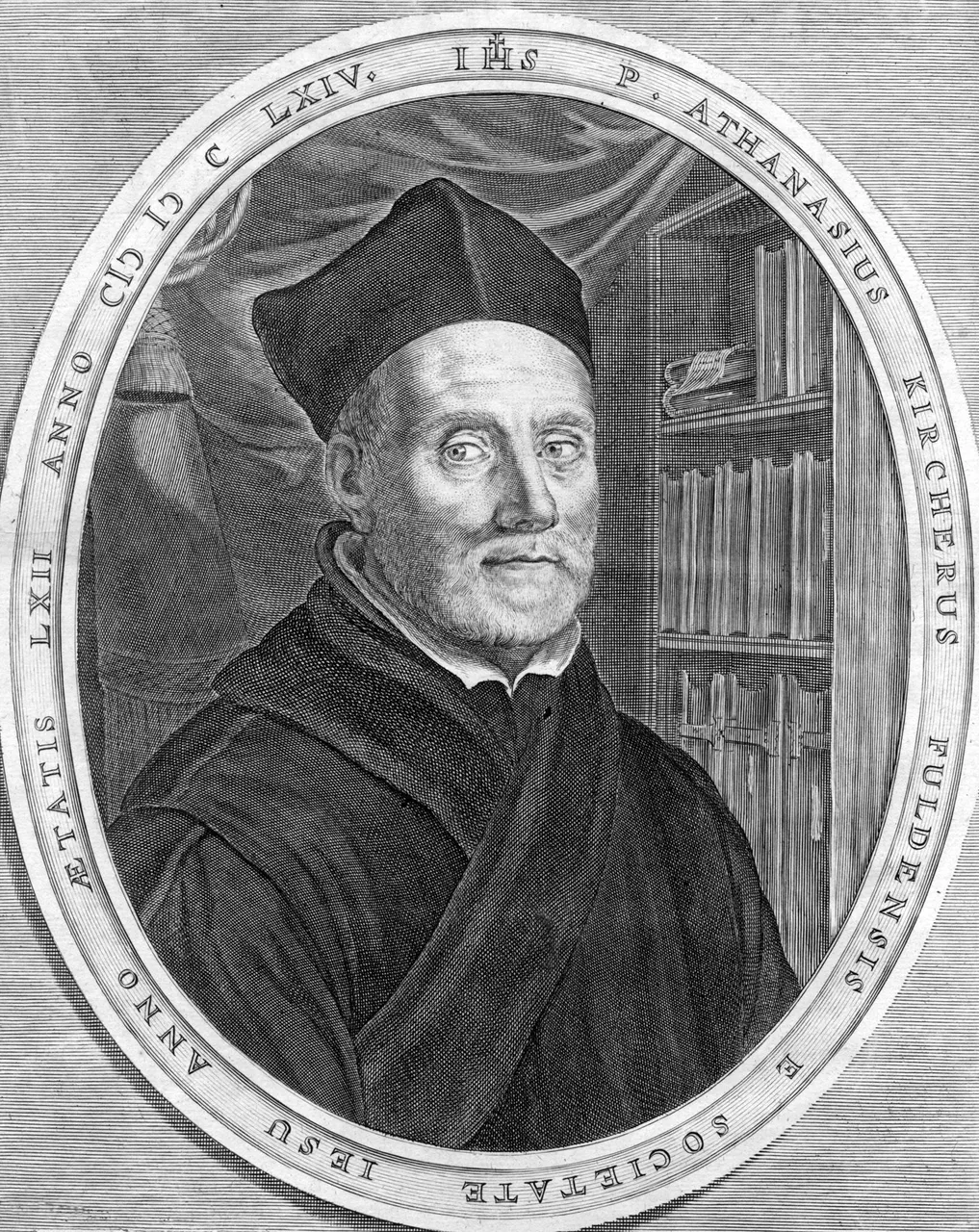
Athanasius Kircher (or Kirchner) was a Jesuit scholar from Germany, who lived in the Seventeenth Century. He explored and pioneered scholarship in a number of different fields, including comparative religion, geology, biology, medicine, mathematics, languages, and Egyptology. Though some of his theories were later proven wrong, he probably had a more all-encompassing knowledge of science, medicine, history, and religion than anyone else of his era. He also had a keen understanding of technology, inventing the megaphone, various magnetic clocks, and automaton gadgets.
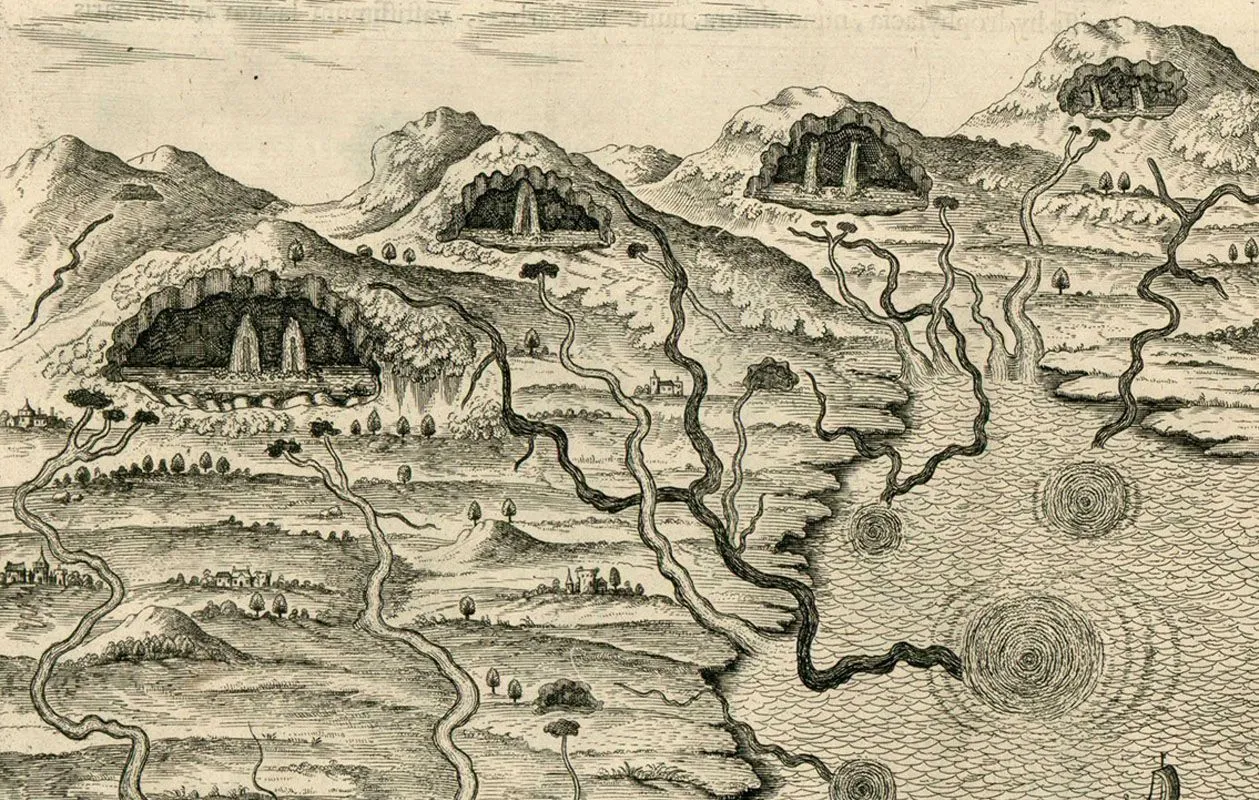
A drawing by Kircher, called Mundus Subterraneus.
Kircher taught several languages (in addition to physics, mathematics, religion, and other subjects), including Hebrew and Syriac/Aramaic. This led him to Egyptian hieroglyphics, for which he claimed to have cracked the code. It later turned out to be incorrect, but he made influential studies of ancient Egypt and its connection to other ancient cultures.
In a completely separate discipline, Kircher was one of the first people to conclude that the plague was caused by an organism. He used a microscope to view what he thought was the microorganism responsible (though today, it seems more likely he was viewing blood cells). Then he proposed quarantine procedures to keep the plague from spreading, a revolutionary idea in its own right.
Later scholars have called Kircher “the last Renaissance man” and “one of the last thinkers who could rightfully claim all knowledge as his domain.”
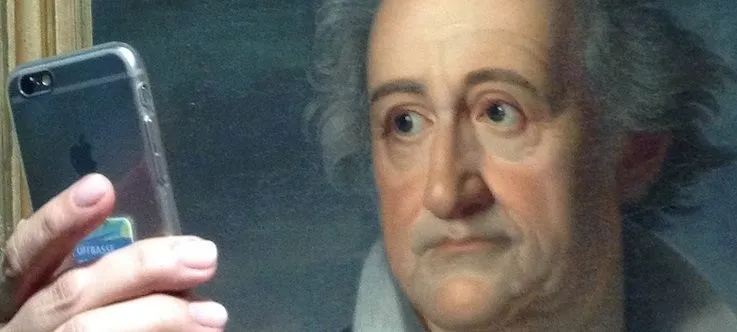
Albert Einstein believed that Johann Goethe was “the last man in the world to know everything.” By all accounts, Goethe was one of the most intelligent and intellectually varied human beings who has ever lived. Literature, poetry, drama, philosophy, linguistics, botany, chemistry, physics, anatomy, government, law: Goethe’s wide range of interests made him a force in many fields. Tutored in languages and educated in law, he had an early interest in both drawing and literature.
He is probably best known for Faust, his epic drama that brought us the idea of selling one’s soul to the devil. Tremendously influential even today, his literary works became a cornerstone (many would say THE cornerstone) of Nineteenth century thought. In the field of music alone, Goethe’s works inspired pieces by Mozart, Beethoven, Schuman, Wagner, Berlioz, Liszt, Mahler, and others. So many later thinkers, from Hegel to Wittgenstein to Marx, drew heavily upon Goethe.
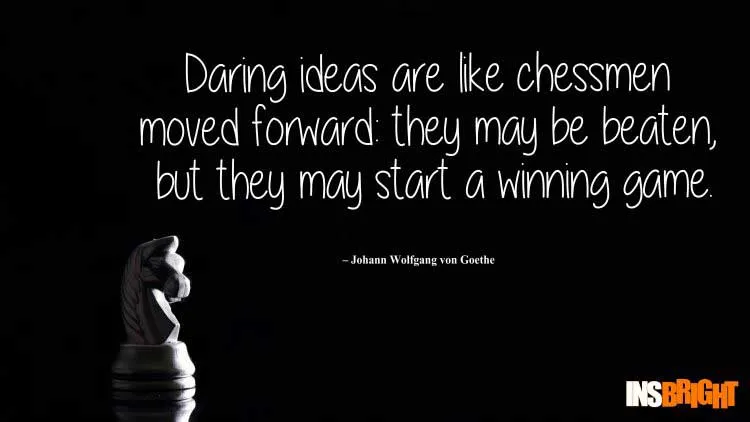
In science, Goethe believed his most important contribution was in the field of color, where he analyzed the spectrum of light. He owned the largest private collection of minerals in Europe and made studies that involved fossils. Beginning with the skull of an elephant, he discovered bone features which were common to all mammals, including humans.
He also was active with botany, in which he demonstrated his organic view of nature. This approach became quite important in the way that scientists (then and today) understand the natural world. Goethe focused more on the nature of processes, such as the metamorphosis of plants during the stages of their growth, rather than viewing each part in isolation as if it were arbitrary or externally determined.
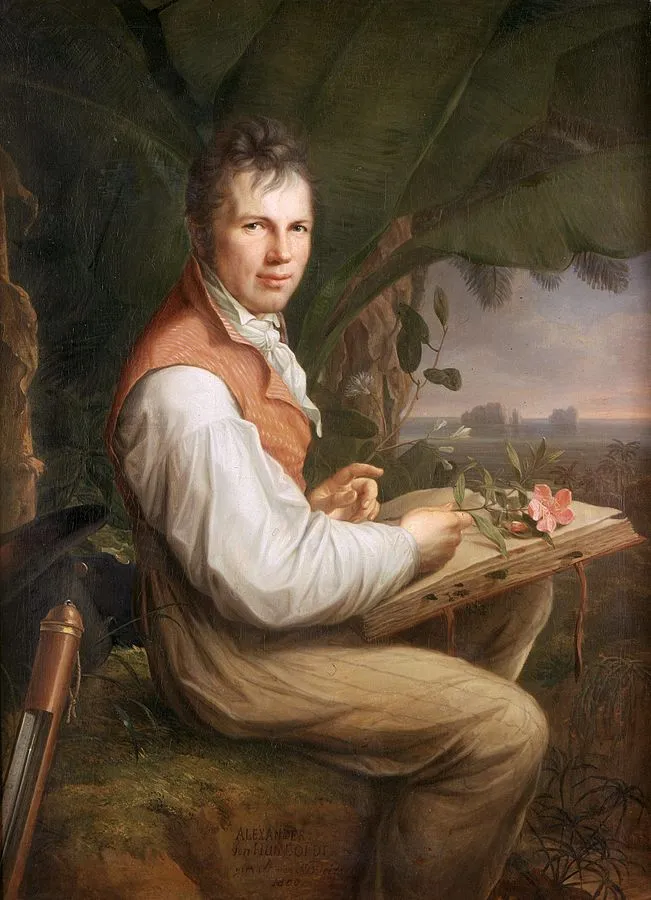
A contemporary and friend of Goethe, Humboldt was a Prussian scientist, naturalist, explorer, geographer, philosopher, and more. Beginning in 1799, he travelled extensively in Latin America, which he was the first to describe from a modern scientific perspective. He travelled in Venezuela, the Andes, Mexico, Cuba, and into the United States. Later in his life, he explored Russia into Central Asia as well. He was driven to explore and pushed his body to great extremes. He was one of the first to suggest that Africa and South America once fit together. Humboldt brought all aspects of nature together, describing it in terms of philosophy and science.
More places and species are named after Humboldt than any other person who has ever lived. Humboldt was one of the “wonders of the world,” according to Ralph Waldo Emerson. According to Charles Darwin, Humboldt was the “greatest scientific traveler who ever lived” and the reason that Darwin embarked on his own voyage of discovery. Thomas Jefferson called him “the most scientific man of his age.” Johann Goethe (also on this list) said spending a few days with Humboldt was like “having lived several years.” In Jules Verne’s 20,000 Leagues Under the Sea, Captain Nemo was described as owning Humboldt’s complete works.

The Humboldt Penguin, one of many species bearing Alexander's name. Public Domain.
The Los Angeles Times explained his influence as follows: “When Humboldt died in 1859, aged 89, he was arguably the last great polymath, a man who investigated nature not just with scientific methods but also by looking at art, history, literature and economics. He searched for global patterns, and his most important insight was that nature is a web of life. At a time when scientists were classifying the world into ever smaller taxonomic units, Humboldt regarded Earth as one great living organism in which everything was connected.”
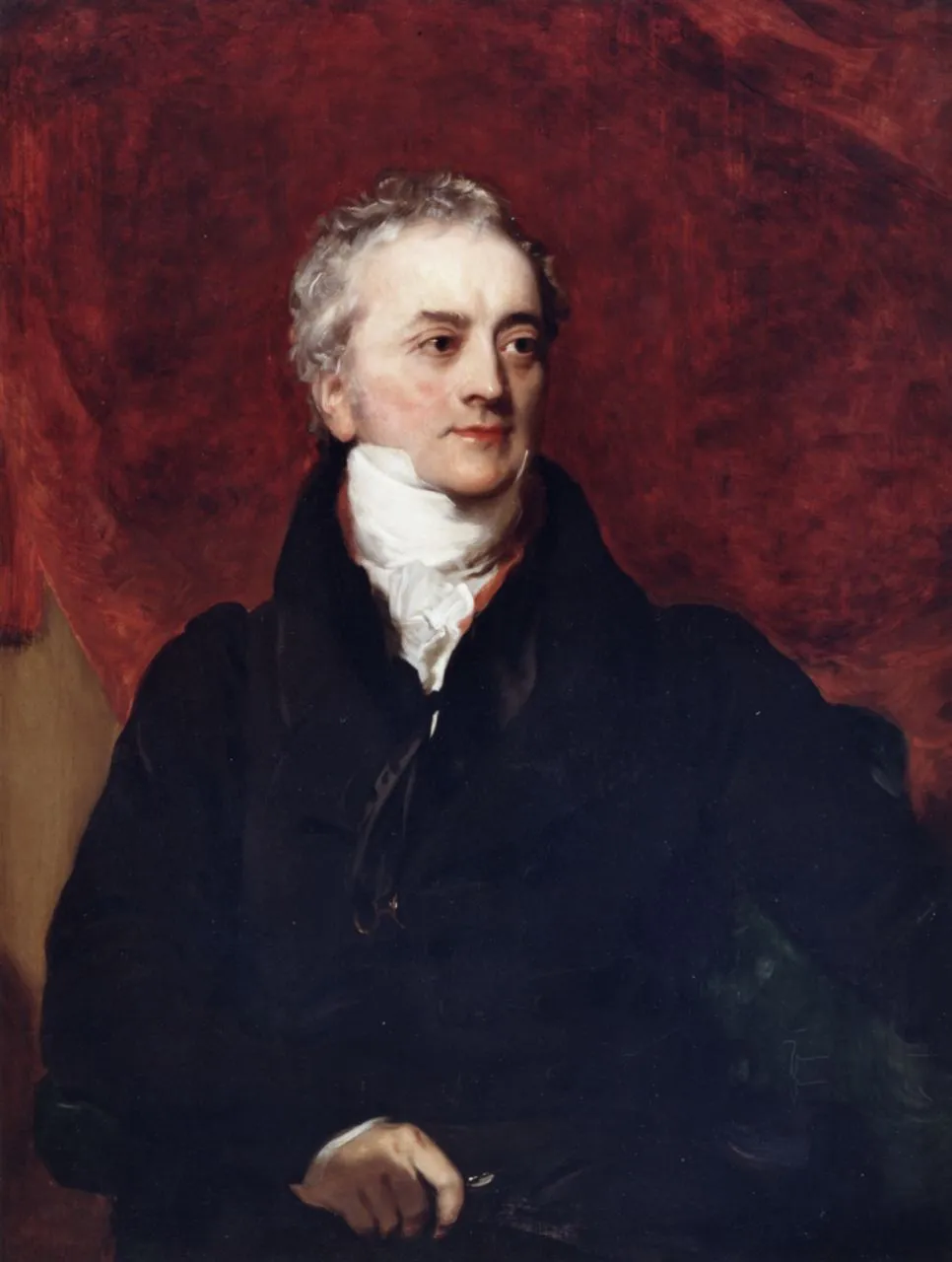
“The Last Man Who Knew Everything” was the title of a biography of the British physician, scientist, and linguist Thomas Young, who was born in 1773. Young was a child prodigy who became known as a walking encyclopedia. He continued learning and exploring throughout his life.
He was able to read at age 2, had read the Bible twice by age 4, and was reciting long works of poetry by age 6. By the time he was a teen, Young was reading in Greek, Latin, Hebrew, Persian, Syriac, and Chaldean. By 20, he also had learned French, German, Spanish, Arabic, and Italian. He taught himself calculus and began studying medicine, later working as a physician and being appointed as a professor of natural philosophy at the Royal Institution.
Young was the first person to coin the term “energy”. His most well-known achievement was his development of the wave theory of light, overcoming Isaac Newton’s view of light as a particle. He demonstrated this with experiments and published it. In physics, he also is known for his modulus of elasticity. He was the first one to describe optics in relation to human physiology. And he made a number of other original contributions in medicine.
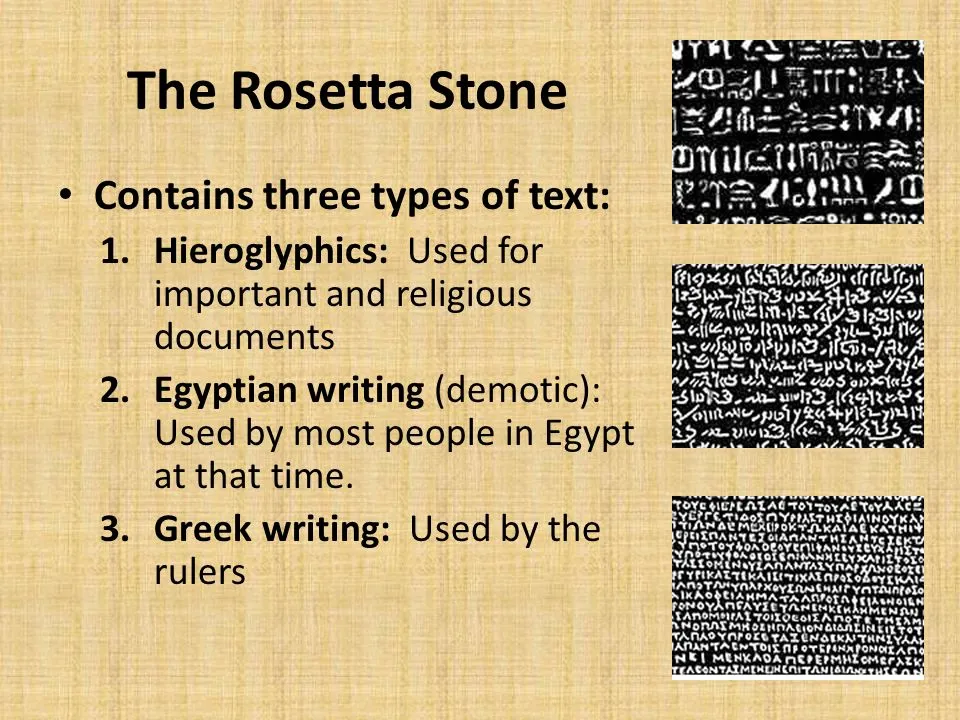
In linguistics, Young deciphered part of the Rosetta Stone, his work helping to provide a basis for the remainder of the translation by others. He discovered some characters that were a key to deciphering it, though he also made some false assumptions. Most importantly, Young deciphered the demotic script, concluding correctly that it contained both phonetic and ideographic elements.

Perhaps they were all “know it alls”. But probably by 1850, if not well before, there was too much development in science, literature, and other fields for any one person to fully know everything there was to know. That's why there was this narrow window in time and place. One of these men (or perhaps someone who I didn’t list) probably was the last person to know everything. After that point, it could not be done. Heck, I can’t even get through a full post on Steemit sometimes!
Sources:
https://www.iep.utm.edu/goethe/
https://en.wikipedia.org/wiki/Johann_Wolfgang_von_Goethe
https://en.wikipedia.org/wiki/Goethe%27s_Faust
https://en.wikipedia.org/wiki/Athanasius_Kircher
http://www.newadvent.org/cathen/08661a.htm
http://www.latimes.com/opinion/op-ed/la-oe-wulf-rediscovering-alexander-von-humboldt-20150705-story.html
https://www.theatlantic.com/science/archive/2015/12/the-forgotten-father-of-environmentalism/421434/
https://en.wikipedia.org/wiki/Alexander_von_Humboldt
http://www.eoht.info/page/Thomas+Young
https://en.wikipedia.org/wiki/Thomas_Young_(scientist)
https://en.wikipedia.org/wiki/The_Last_Man_Who_Knew_Everything
Images are public domain or contain source links (for the quotes) unless otherwise indicated, except: Watson/Jeopardy (Creative Commons via Flickr.com by Atomic Taco) and Goethe Phone (Courtesy of goethe.de). Below: Humboldt in his library; painting by Eduard Hildebrandt (public domain).
